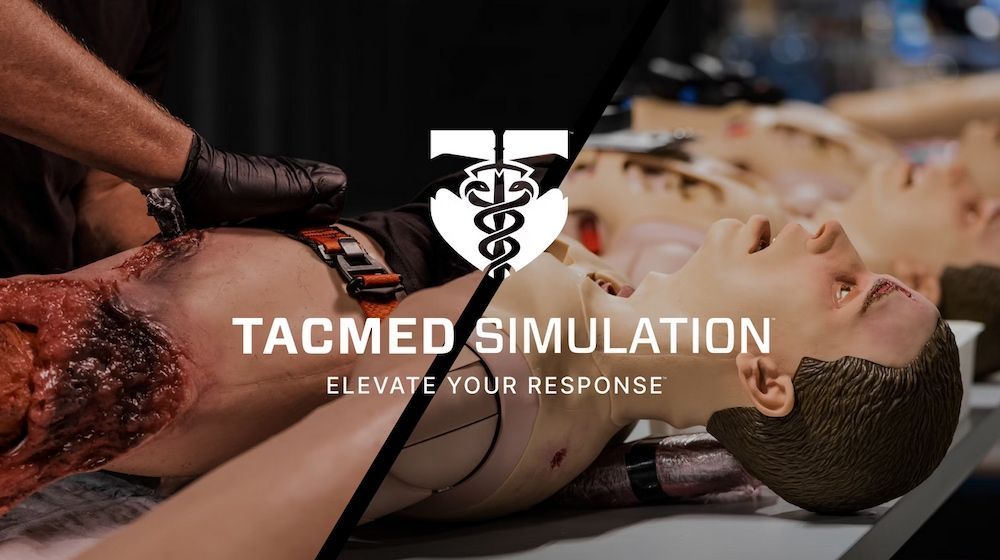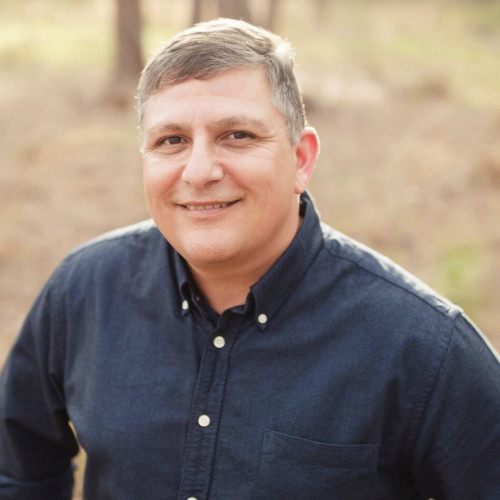TacMed Maximizes Trauma Simulator Effectiveness with Computer-Aided Design
High-fidelity patient simulator product development has generally required a hands-on development process that maximizes realism over precision in order to create the life-like appearance, feel, and function required for training. Computer-aided design (CAD) software is currently used in many industries to design products faster and with greater accuracy. This HealthySimulation.com article by Tactical Medical Solutions (TacMed) takes the reader “under the hood” and shares how the utilization of new advances in CAD and 3D printing technology is improving trademark fidelity, realism, and durability through a streamlined simulator design process. This process enhances capabilities in its current patient simulators and the next generation female manikin under development, MATTi.
Watch TacMed’s Latest Webinar: Maximizing Efficiency in Medical Simulation Emergency Training
Traditionally, TacMed Solutions’ realistic patient simulator appearance begins with painstaking physical sculpting in a soft medium, such as clay, or the use of a life-cast model, and ends with a durable skin mold that renders lifelike, anatomically accurate simulated skin. Sculpted, hardened, human-shaped interior cores are molded to house mechanical and electrical components that provide the body’s structure and rigidity. The interior cores are layered with molded skin and repeatedly modified until the manikin achieves a good fit to create the realistic body you see. Because molds wear out, duplicate molds must be made for future use.
Sponsored Content:
The entire process of manikin development is expensive, inefficient, and time-consuming, but historically what has been required to produce a simulator that both looks and feels like a real patient.
Advances to Emergency Medical Simulators and Simulation Products
Recent advances in software and 3D printing technologies, however, are beginning to change mannikin development. TacMed Simulation is pioneering the use of software and 3D printing technologies to develop rugged, cutting-edge simulators by modernization of the design processes with CAD.
The result is improved fidelity, time savings, and lower cost without the sacrifice of realism, durability, or functionality of the final product. TacMed has used this approach for both large products, like their K9 Diesel Simulator, and smaller products, like the best-in-class Packable Wound Trainer.
Sponsored Content:
ZBrush or SolidWorks: Adding Leading Design Technology
In recent years, TacMed introduced the industry-leading digital 3D sculpting program, ZBrush, into the design process. ZBrush streamlines sculpting through the replacement of a life-cast or an artist’s block of clay used in the traditional process with a computer-generated sculpture. Now, external skin surfaces and internal core structures are designed and mated virtually in a single design process. Iterative computer redesign of sculpted skin and core eliminates the need to create a final skin mold too soon in the design process. Skin and core molds only get created when both parts match in the computer design.
When the digital sculpt nears completion, the ZBrush data file is imported into a CAD program, such as SolidWorks, to add engineering details and create, define, and test individual parts. These parts can be made with a 3D printer for hands-on analysis. Any necessary modifications can be made within ZBrush or SolidWorks, which allows for quick testing of fit and function without having to redo major components. Should a modification to the sculpt be necessary, the underlying core can be easily converted as well. CAD is also useful for the creation of build-guides for manufacturing with exploded view schematics. While invisible to the customer, all this work creates a more realistic, reliable simulator.
\
How CAD Leads to Better Products and Customer Service
CAD has also revolutionized human patient simulator mold-making. Typically, this process takes three weeks to make a new mold, which frequently makes the pattern mold unavailable for the production of products. With CAD, TacMed can 3D print molds or outsource mold making when the size exceeds printing capabilities. This saves tremendous development and manufacturing time while keeping existing molds in service. Printed molds are reinforced, which extends the skin mold life span, and master molds are made that allow for soft molds to be made quickly and accurately. Because all molds now begin as engineered parts, TacMed makes these parts repeatedly within the same tolerances, which is very difficult to do when hand-molding rigid plastic parts. The engineered molds produce parts with accurate dimensions that require much less clean-up and hand-modification that leads to better function. CAD leads to healthcare simulators and simulation products reaching customers quicker to meet their needs.
CAD has also reduced the number of molded parts needed to build a simulator. CAD creates fully defined parts so TacMed can 3D print fully functional parts for immediate use in the actual construction of finished goods. CAD reduces the design burden when making symmetrical parts by digitally mirroring features. For example, using CAD, TacMed’s industry-leading needle decompression chest skin plug was designed for the right side but mirrored for the left, which reduced redesign time and ensured the proper fit and function that provides the air rush feedback learners love. As an end result, TacMed’s simplified design process replaces many of the hand-molded items with printed ones to reduce labor costs and increase precision. Customers see the result in the quality, realism, and reliability of their manikins.
TacMed is pushing the envelope even further with its next-generation line of rugged, high-fidelity simulators being designed entirely in the computer using scans of real people. MATTi, a modular whole-body female medical simulator, will be the first simulator released in this line-up. MATTi offers unparalleled realism and the most advanced feature set of any TacMed Simulator. Engineered with fully interchangeable wounded limb configurations and the technology built-in to automatically detect the specific configuration being attached, MATTi will be a game changer in the field of simulation. More information about MATTi will be discussed in another article.
View the HealthySimulation.com LEARN CE/CME Platform Webinar Medic! The Latest in Trauma Simulator Innovation from TacMed Solutions to learn more!
There is a reason TacMed simulators stand out against the competition in durability, transportability, realism, feedback, and ease of use. CAD and other technologies help TacMed deliver better healthcare simulators for critical learning through the incorporation of computer design for both sculpting and mechanical design. Utilization of computer design for both sculpting and mechanical design, TacMed Simulation has been able to pioneer these advances into the simulation space, increase the simulator’s capabilities and precision while also reducing the time needed for product design, the labor needed for mold-making, and the total number of parts required for assembly. The TacMed Simulation team will continue to leverage cutting-edge technologies to produce training devices with feature-sets and realism unlike anything else currently on the market because their customers on healthcare’s frontline deserve nothing less.
More About TacMed Simulation
TacMed Simulation, an integral part of TacMed Solutions (TacMed), provides state-of-the-art training solutions with high-fidelity manikins to support improving survivability in response to crisis situations in the prehospital realm. Designed to offer first responders and military medics the most realistic medical training experience, the life-like simulators provide users with an autonomous response to field treatment, creating an immersive training environment. The training experience provides the confidence and expertise to effectively work under stressful conditions.
Each TacMed Simulation product is handcrafted in the USA and is designed from the ground up for ruggedness and durability with careful consideration of materials and manufacturing processes to create products that last. Learn more about the complete TacMed Solutions portfolio at tacmedsolutions.com.
Learn More About TacMed Solutions!
Dr. Dan Irizarry, MD, is Tactical Medical Solutions Senior Medical Advisor. Retiring in 2018, “Dr. Dan” served 26 years in the US Army supporting medical and special operation force (SOF) organizations. Serving as the NATO SOF medical advisor, he designed and launched NATO’s first combat medical simulation center to train SOF medical personnel. In his final military assignment, he helped launch the DoD’s medical simulation acquisition and advanced development office in Orlando, FL.
Today, he helps guide TacMed’s research and development efforts to ensure medical and simulation products meet the highest clinical standards. He continues to practice family medicine as the medical director for Kanan Medical, Inc., overseeing the healthcare delivery to over 30K patients through 5 clinics in Central Florida.
Sponsored Content:


















